Monarchs and the freeze in Texas
Tuesday, June 1st, 2021 at 4:15 pm by Chip TaylorFiled under Monarch Biology | Comments Off on Monarchs and the freeze in Texas
by Chip Taylor, Director, Monarch Watch; Carol Clark, Monarch Watch Conservation Specialist; and Janis Lentz, Volunteer
The following is a long report about the impact of the freeze in February 2021 on the development of this year’s monarch population. If you are into monarch biology and monitoring, this report is worth a read. In addition to observations on monarch biology, we compare iNaturalist and Journey North records over several years. There are interesting similarities and differences in these records and from year to year.
INTRODUCTION
As most of you know, I make an effort to follow the monarch population as closely as possible every month of the year. Thus, it was with some alarm that I read about the period of freezing weather in Texas in mid-February. I was alarmed because it was clear that the freeze killed most of the vegetation then in leaf over a broad area of Texas and northern Mexico. This realization gave rise to the possibility that monarchs returning from Mexico in mid-March would find little or no milkweed to lay eggs on or flowers in bloom with nectar to sustain them. These concerns led me to post several notes to Dplex-L, our email discussion list, proposing to monitor the recovery of the vegetation coincident with the arrival and behavior of monarchs throughout the month of March. I was obviously fumbling for a way to conduct such a survey when John Barr posted the suggestion that iNaturalist (iNat) might be able to provide the platform and the number of observers throughout Texas needed to monitor the development of milkweeds and determine the nectar sources used by monarchs. I was unfamiliar with iNat, but could see the potential this photo-based reporting system had for providing the information I was seeking. Subsequently, with the help of John Barr, Carol Clark and several others, we created a list of potential floral sources returning monarchs might visit for nectar. We also created a text which outlined our objectives and launched the project with the assistance of Tania Homayoun, of the Texas Parks and Wildlife Department, on the 2nd of March.
The following narrative starts with an abbreviated version of the project outline posted to iNat and then moves on to a summary of the results and shows how these records compare with those of previous years. The text ends with a discussion of the strengths and limitations of this means of monitoring the monarch population along with a number of suggestions as to how the data generated from this project could be mined to gain further information on floral usage by monarchs and how weather factors influence monarch behavior.
Texas Winter Storm 2021 Plant & Pollinator Survey
“The February freeze damaged vegetation across Texas. We’d like your help tracking the recovery of plants that flower in March along with milkweeds. Both are resources used by monarchs returning from Mexico in mid-March and their availability will determine how well the monarch population develops in 2021.
The 11-day cold spell (10-20 February) in Texas was a disaster (see Maeckle, 2021, Severson, 2021 and Texas Parks and Wildlife, 2021). Freezing temperatures covered the state and extended well into northern Mexico. While many of the immediate effects of the freeze are clear, season-long and multiple-year effects may linger. The damage to the flora was extraordinary, and it is likely that nearly all above-ground insects died over a wide area. Plants already in flower may have been so damaged as to not flower this year. We are seeking help to record that damage and the recovery of plants that flower in March along with the appearance of milkweed shoots and buds. Both are resources used by monarchs returning from Mexico in mid-March. We also need help recording the number of returning monarchs. ALL monarch observations are of value. How well the monarch population will develop in 2021 will be determined by the March conditions in Texas.
Since we know the freeze ended on the 21st of February, that becomes day 1 when assessing plant development. We can determine the number of days after the freeze that it took for a species to recover. Those dates can be compared to the long-term peak flowering for a species to determine if flowering was delayed. Monarchs generally reach the milkweed-rich areas of Texas around 12-15 March and the question that follows is: Will arriving monarchs encounter milkweeds and nectar plants in sufficient abundance, or will they encounter a landscape still too deep in recovery to provide the needed resources to establish the next monarch generation?”
Simply stated, the main goal of the project was to determine how well the arrival of monarchs returning from Mexico matched up with the regrowth of milkweeds and the appearance of nectar sources. The initial assumption was that a lack of both nectar and milkweeds would result in shorter life-spans for the monarchs and reduced egg laying, resulting in a negative impact on the growth of the population in 2021.
METHODS
The methods involved tracking the postings to iNat of monarchs and emerging milkweeds through March. The numbers of monarch reports were compared to those reported to Journey North (JN) on the same days.
The results consist of photographic records posted to iNat of monarchs and the three common milkweed hosts for monarch larvae – antelope-horn (Asclepias asperula), green antelope-horn (A. viridis) and zizotes (A. oenotheroides) milkweeds. The distributions of the monarch and milkweed locations reported for March 2021 are shown in Figures 1-4.
Since 12% of the monarch images were of butterflies feeding on the nectar of various flower species in 2021, it was possible for CC to create a list of plants monarchs used as nectar sources throughout the month. CC also scanned iNat images for nectaring by monarchs in March 2020 (13% of images) and March 2018 (45% of images). A list of these plants visited in 2021 is shown in Table 1. A separate article for the Blog includes the plants monarchs were observed feeding on in March 2020 and 2018.
To provide a larger context for the observations of monarchs recorded in 2021, the numbers of monarchs reported to iNat for 2020 were also tallied, and the numbers of adult monarchs for each year were then compared with the number of first sightings reported to JN for both years.
RESULTS
The complete record of all images posted for March can be found on the iNat project page at inaturalist.org/projects/texas-winter-storm-2021-plant-pollinator-survey?tab=species.
Comparison of iNaturalist and Journey North first sightings
The first set of summaries includes all monarchs recorded for iNat and JN for 2021 as well as the first sightings reported for Texas to JN for 2020 (Figs. 5-7). First, the number of records for iNat in 2021 exceeded those reported to JN by a significant margin (534 vs 311). The 311 for JN for Texas in March actually exceeded the previous high number which was the 226 recorded in 2020. A second feature for the 2021 data is the parallel numbers, with JN being slightly ahead from 1-17 March. Thereafter, the reports to iNat continue at a high level while those of JN are relatively lower. This result may indicate that the number of people willing to report to JN has become saturated as discussed below. If so, then the numbers of monarchs on the move, mostly in North Texas, in late March are underrepresented. A third thing to notice is the human-centric distribution of the reports with the biggest numbers associated with the major human concentrations, first in the vicinity of San Antonio and Austin and then Houston followed by the greater Dallas area. You can also see the effect of a cool, cloudy day (22 March) in both records.
Taking all three records together, it’s apparent that there was an abrupt increase in observations on the 10th of March. A comparison of the number of sightings before the 10th in 2020 vs 2021 may say something about the impact of the freeze on monarchs already in Texas before the arrival of monarchs from Mexico. In 2020, a year without a freeze, 34 sightings were reported before the 10th (15% of 226) while in 2021 there were 19 in the JN record (6% of 311) and 18 in the iNat data (3% of 534). While the 2021 iNat images did indicate that some monarchs, judging by their fresh appearance, had survived the freeze, the number was low.
The iNat monarch numbers for 2021 and 2020 are summarized in three histograms for each year (Figs. 8-13). On the assumption that all images, whether they represented eggs, larvae, pupae or adults represented a monarch at one time or another, the first histogram includes all records. To make comparisons with the first sightings reported to JN, a second set of histograms included only adult monarchs. The third set showed the distribution through March of the reports of immatures.
Recolonization of Texas by monarchs migrating north from Mexico
The numbers of records posted to iNat and JN for both 2020 and 2021 (Figs. 5-7) show a strong increase in reports starting on the 10th of March each year. This increase in reports continued in both iNat and JN in 2021 until the 18th and then declined as monarchs advanced beyond San Antonio and Austin only to increase again after the 22nd when monarchs reached the more densely populated areas in North Texas.
Monarchs enter Texas through via two routes, one a pathway into the Edwards Plateau west of San Antonio through Del Rio, Texas, and Uvalde, and the other along the coast from Brownsville to Houston. The latter route is represented by numerous images posted to iNat and a number of JN sightings. The western route is less well represented by reports to either program. The low number is likely due to the lower human density along that pathway. The number of reports in the Rio Grande Valley, the region between the two pathways, is usually low in both the spring and the fall due to the higher temperatures in that region. Monarchs appear to prefer routes with lower temperatures.
Milkweeds
The geographic distributions of the three milkweed species based on the submitted photos are shown in Figures 2-4. The distributions of these reports through the month are shown in Figures 14-16. These figures, though based on limited data, demonstrate that zizotes (N=60), the species with the most southerly concentration, was the first to appear after the frost. The occurrence of antelope-horn milkweeds (N=203) followed with a distribution that was generally in the Edwards Plateau west of San Antonio and Austin. Last to appear was the green antelope-horn (N=34). This milkweed is the most abundant and widespread of the three major milkweed hosts used by monarchs in Texas. The low number of sightings for this species apparently lies with the distribution of people willing to report milkweeds to iNat. Green antelope-horn is the dominant milkweed in the vast area east of I-35, an area of ranches, some cropland and relatively few people. This result again demonstrates how dependent monitoring of this type is on the distribution of people.
Immatures
Perhaps the starkest contrast between the iNat numbers for 2020 and 2021 was the number of images of immatures (eggs, larvae and pupae) in the 2020 data (N=186, 29% of all observations) and 2021 (N=25, 5% of all observations). Further, immatures were reported throughout the month of March in 2020 (Fig. 13) but only in the second half of March in 2021 (Fig. 10). Since, the dates of arrival of monarchs in Texas were similar for both years, the contrast between the two years in the distribution of immatures may have been due to a breeding population of monarchs (offspring of overwintered monarchs) in 2020 as well as the delay in the emergence of milkweeds due to the freeze in 2021.
Nectar sources
Visual scans of the iNat images by CC for examples of monarchs nectaring at flowers produced a list of 69 species in 2021, 85 in 2020 and 41 in 2018 for a total of 123 species. Of these, only 20 were visited in all three years, while 30 of those used in 2021 were not visited in either of the other two years. Further, species used in the other two years, were either not present in 2021 or were not seen to be used by monarchs. A list of the 2021 plants is shown in Table 1.
DISCUSSION
This project was based on the concern that milkweeds and nectar sources would not be available to monarchs returning from Mexico in mid-March due to the devastating impact of the 10-20 Feb freeze experienced over much of Texas. These concerns center on three main questions: 1) would monarchs get ahead of emerging milkweeds, 2) would nectar sources be lacking and 3) would the development of the first generation be hindered due to the impact of the freeze?
While it seemed clear that some monarchs advanced northward faster than milkweeds emerged, with a number even moving into Oklahoma much too early, the numbers that advanced relative to the total number of monarchs moving into Texas was not clear. Temperatures were moderate through most of the month which may have allowed many female monarchs to survive to lay eggs once the milkweeds emerged. Subsequent reports of an abundance of eggs and larvae on milkweeds from Central to North Texas, and a delay in the advance of more monarchs into Oklahoma, suggested that most of the eggs laid by returning monarchs were laid in Texas – an outcome that is more favorable than egg laying in more northerly locations where the temperatures are lower and developmental time for immatures is longer. So, the answer to this question seems to be yes, some monarchs did get ahead of the emergence of milkweeds, yet, in spite of the late appearance of milkweeds, most eggs were laid in Texas.
As to the abundance and diversity of nectar sources, monarchs were photographed utilizing flowers of 69 different species. While this number was fewer than in 2020 (N=85), and involved sources seldom used in good years, monarchs appeared to adapt to the new conditions. While we can’t say anything about the distribution and abundance of the nectar sources across Texas in 2021, many of the nectar sources involved species that are widespread and moderately abundant. Of particular interest was the fact that of the 123 species visited by monarchs in our survey of iNat images over a three-year period only 45% (N=55) were native to Texas. This result is a testament to monarch’s adaptability but also says something about the human/urban-suburban distribution of the observers and introduced plants. A more complete analysis of the nectar plant results can be found at monarchwatch.org/blog/2021/05/25/nectar-plants-used-by-monarchs-during-march-in-texas/.
That brings us to the last and most important question. Was the development of the first generation hindered by the conditions created by the freeze? At this writing (late-May), that doesn’t appear to be the case. The number of first sightings reported to JN through 25 May is equal to or greater than the numbers reported for several years with good overwintering numbers. However, to be clear, to make predictions, we need data on the size of the first generation in the form of reports to JN and iNat of monarchs colonizing the latitudes north of 40 N from mid-May to 10 June. If the weather is favorable for recolonization and the numbers are low, that will be an indication that the first generation was affected by the spring conditions in Texas. High numbers recorded through the 10th of June would indicate that the storm had little effect on the development of the first generation. Overall, given the reports of large numbers of eggs and larvae from several Texas locations in April, there is still a reasonable possibility that the overwintering population will increase this year.
There is one more consideration of interest. Will the freeze have an impact on the incidence of O. e. in the 2021 monarch population? As noted earlier, there was a near total lack of “fresh” monarchs seen in the iNat records before 10 March for 2021. These records are in contrast with the record for 2020, 19 vs 34 (Figs. 10,13). Further, there were no eggs and larvae until mid-March in 2021 vs eggs and larvae throughout the month in 2020. The fresh monarchs in 2020 were presumed to be offspring from late winter reproduction that matured on tropical and, more rarely, native milkweeds. Since the freeze in 2021 apparently froze all above ground vegetation including milkweeds and most resident monarchs, these sources of O. e. spores would have been lacking as monarchs returning from Mexico moved into Texas in 2021. In theory, a lower contact with spore-infested plants and spore-carrying adult monarchs could result in a lower incidence of O. e. in the monarch population as the season develops. The assumption made by some observers has been that, in normal years, such as 2020, there is enough contact between spore-infested plants and spore-carrying resident monarchs to increase the incidence of O. e. through the season. The question that follows is: Will the rate of O. e. infected monarchs be lower, the same or higher at the end of the 2021 season?
Strengths and limitations of iNaturalist and Journey North monitoring of monarch numbers
We need monitoring of monarch immatures and adults throughout the year to help us understand monarch population dynamics. Dynamics means we are asking how the monarch numbers are influenced by biological factors such as predators, parasitoids, O. e. and xenobiotics (man-made chemicals) as well as by the variation in the weather throughout each year and from year-to-year. At the same time, we need to define and fully understand the strengths and weaknesses of each monitoring method. With respect to iNat, we need to acknowledge that the process of obtaining the images has inherent biases. First, the very process of taking pictures involves light with most pictures taken when the photographer determines there is enough light for a photo. Then, there are the hours that both monarchs and people overlap in the field. While both monarch and human activity probably have similar peaks in early to mid-afternoon it’s possible that there is less overlap both early and late in the day that could result in missed opportunities to record monarch activities. It may also be the case that monarchs are more active than the iNat participants when the temperatures are in the 60F. Further, it’s clear that the records are human-centric in that they are concentrated around major cities. This means that large areas in the countryside, which are usually slightly cooler and dominated by native rather than introduced vegetation, are seldom visited. There is also a matter of numbers and picture taking in that many monarchs may be seen, but only the ones that sit still long enough to be photographed get to be part of the record.
A strength of the iNat records is that we have time-coded photos, many of which provide information on monarch behavior, nectar feeding and condition of the wings. Further, the iNat observers can post numerous images/records of monarchs through an observation period. The JN first sightings data are also of great value in that they indicate the timing of colonization by monarchs returning from Mexico and later in the spring the migration of their offspring across the latitudes and longitudes to the north and northeast. These data have helped us understand how the population develops each year. However, they have one limitation – they are first sightings only and don’t capture abundance. To fully understand population growth of the monarch population, we need data on both the timing and abundance of monarchs moving in to new areas. As it stands, we have to infer abundance from the number of first sightings posted for a region. That fails when there are too few participants in a region. In effect, this means that the population of observers willing to post to JN becomes saturated. Given this limitation, to assess abundance, we need to use both iNat and JN data, perhaps in combination with other data sets. A close look at the images posted to iNat shows that there are small numbers of duplicate records (2.8% in 2021, Fig. 8). JN vets their sighting data, but there are a few errors in their data set as well. Rather than questioning all records, we ignored them due to their small number.
Future projects
The iNat data could be mined to determine how weather patterns from year-to-year affect flowering plants and monarchs. For example, it would be easy to compare the phenology of the top 10-20 flower species monarchs use and then to compare that with how frequently those flowers are visited by monarchs. This type of phenology matching is being attempted with a number of pollinators. In addition, one could examine how the use of some species is affected by the simultaneous flowering of other species. Since there is a time code associated with each photograph, it should be possible to dig a bit deeper into nectar usage. It is known that some plants only produce nectar once the daytime temperature reaches certain point. That is known to influence honey bee foraging and may well affect butterfly foraging as well. In other words, nectar feeding by monarchs could be determined not just by floral abundance but by the ambient temperature and therefore the time of day. The time codes also offer an opportunity to bracket the range of temperatures at which monarchs operate. The goal would be to not only show the range of temperature, solar and wind conditions that are recorded for a specific activity such as egg laying, mating or migrating, but to identify the optimal conditions for these activities. To make those connections between behavior and weather, we can draw on the proliferation of Tempest weather stations. I will describe how this can be accomplished in another Blog article.
To see the data provided by these weather stations, please visit our Tempest weather station at Monarch Watch via www.wunderground.com/dashboard/pws/KKSLAWRE185
Earlier, we pointed out that because the freeze ended on the 21st of February, that date could be used as a start point to determine the extent to which flowering had been delayed or eliminated in 2021 relative to the flowering of these same species in more typical seasons. We will leave that project to others.
REFERENCES
Maeckle, M., 2 March, 2021. Wildlife death toll mounts in wake of historic Texas freeze. San Antonio Report. sanantonioreport.org/wildlife-death-toll-mounts-in-wake-of-historic-texas-freeze/.
Severson, K., 5 March 2021. Texas Farmers Tally Up the Damage From a Winter Storm ‘Massacre’. N. Y. Times. www.nytimes.com/2021/03/04/dining/texas-farms-storm-damage.html.
Texas Parks and Wildlife, March 10, 2021. At least 3.8 Million Fish Killed by Winter Weather on Texas Coast. tpwd.texas.gov/newsmedia/releases/?req=20210310.
FIGURES AND TABLE
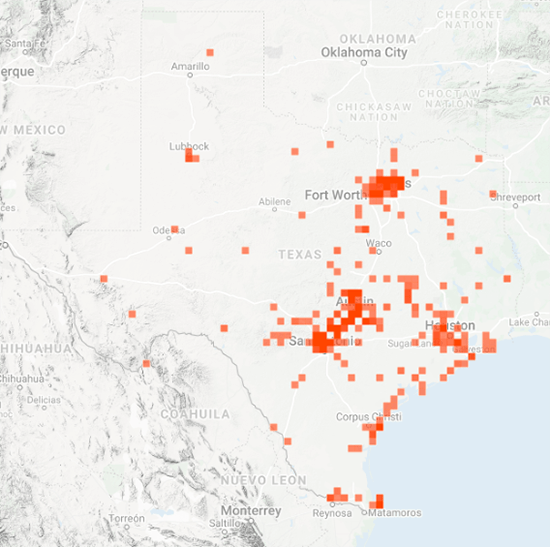
Figure 1. Monarch distribution as of 6 April 2021 (N=534).
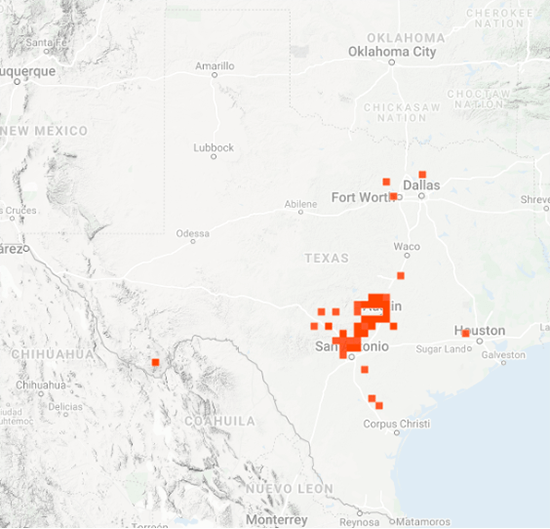
Figure 2. Antelopehorn milkweed (Asclepias Asperula) distribution as of 6 April 2021 (N=203).

Figure 3. Green antelopehorn milkweed (Asclepias viridis) distribution as of 6 April 2021 (N=34).
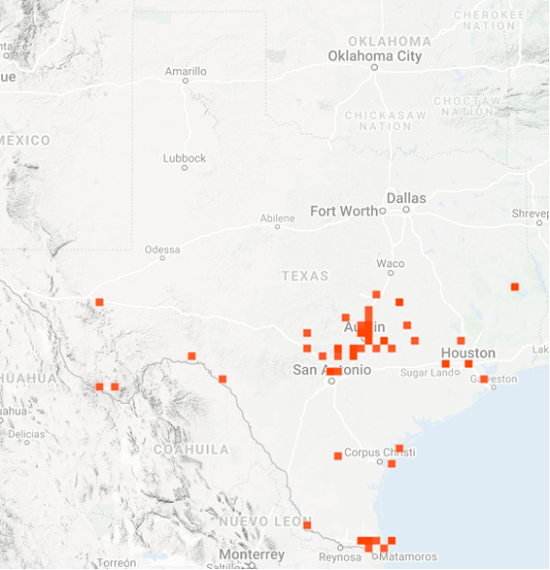
Figure 4. Zizotes milkweed (Asclepias oenotheroides) distribution as of 6 April 2021 (N=60).
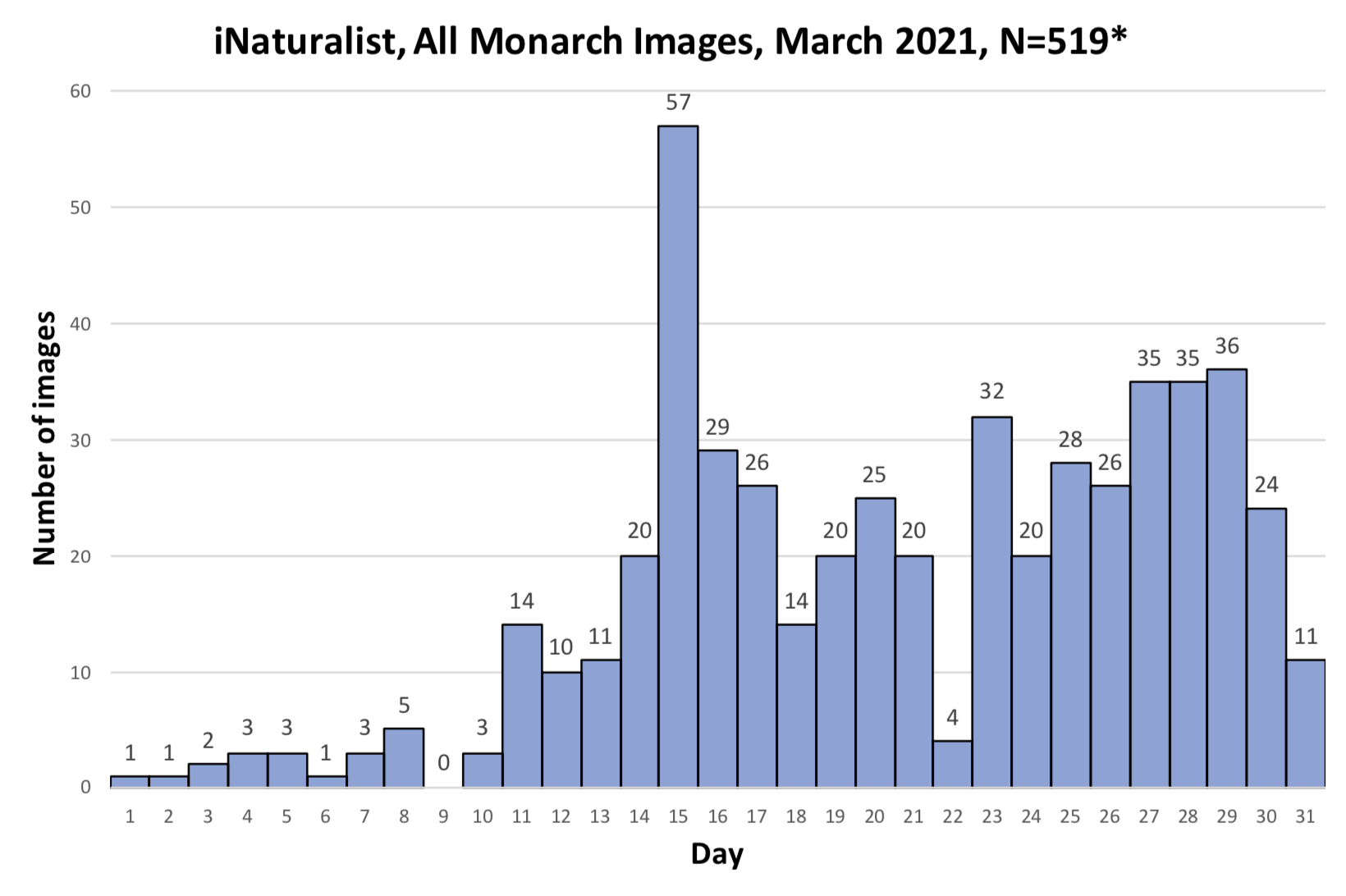 Figure 8. *Duplicate & questionable records removed. |
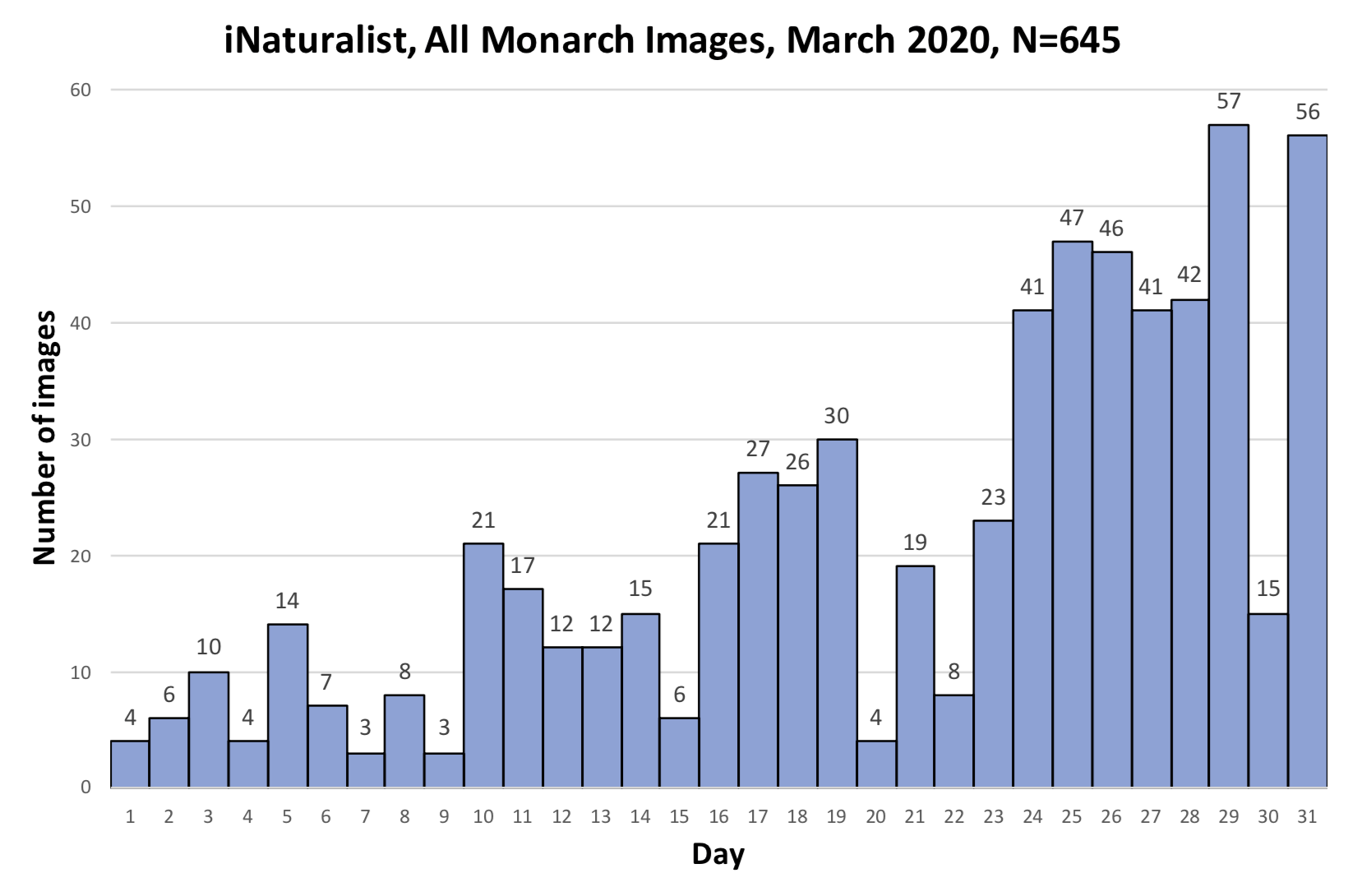 Figure 11. |
View larger image of Figures 8-13 as a group.
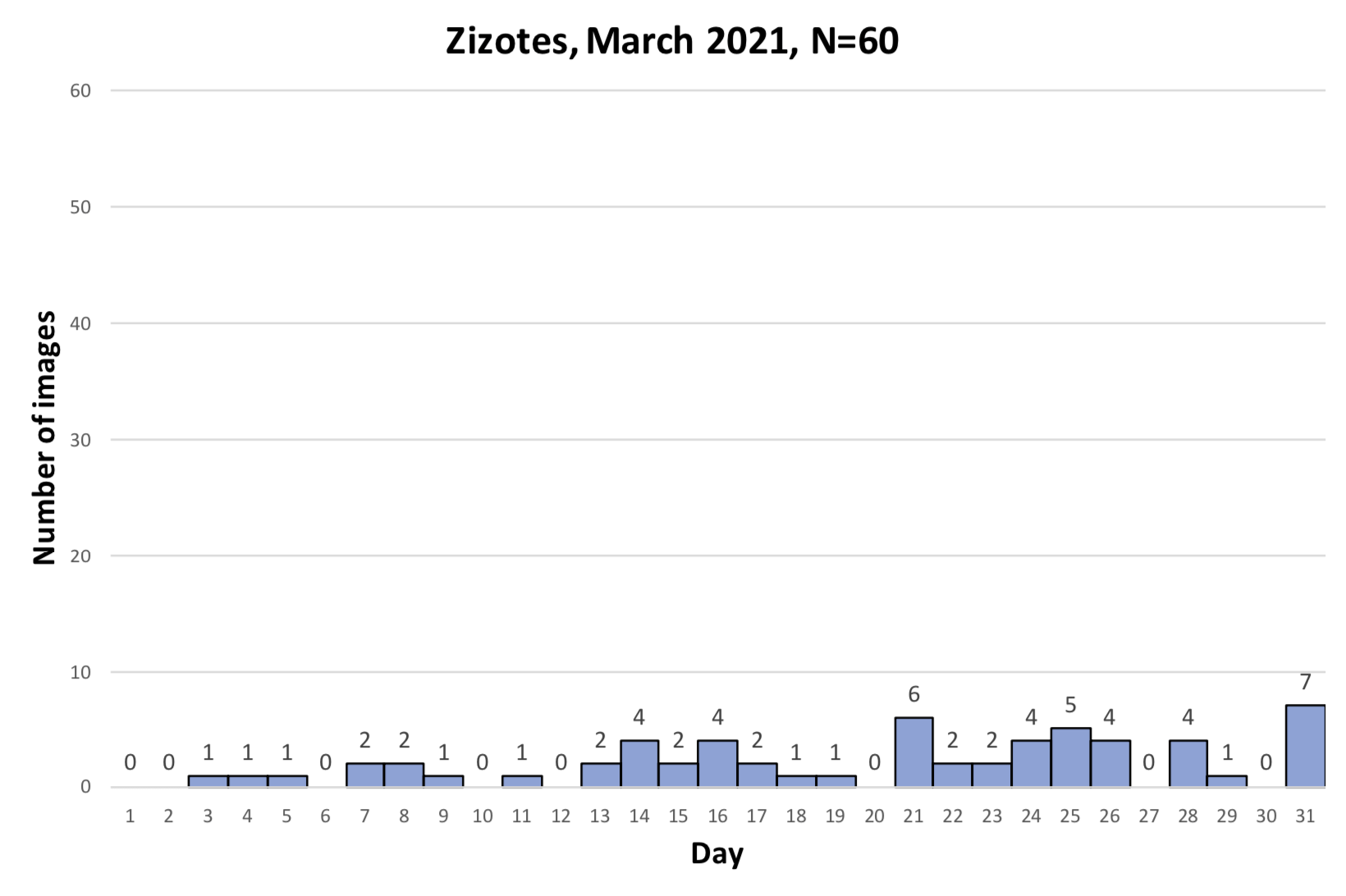
Figure 14. Images of zizotes milkweeds (Asclepias oenotheroides) submitted to iNaturalist in March 2021.
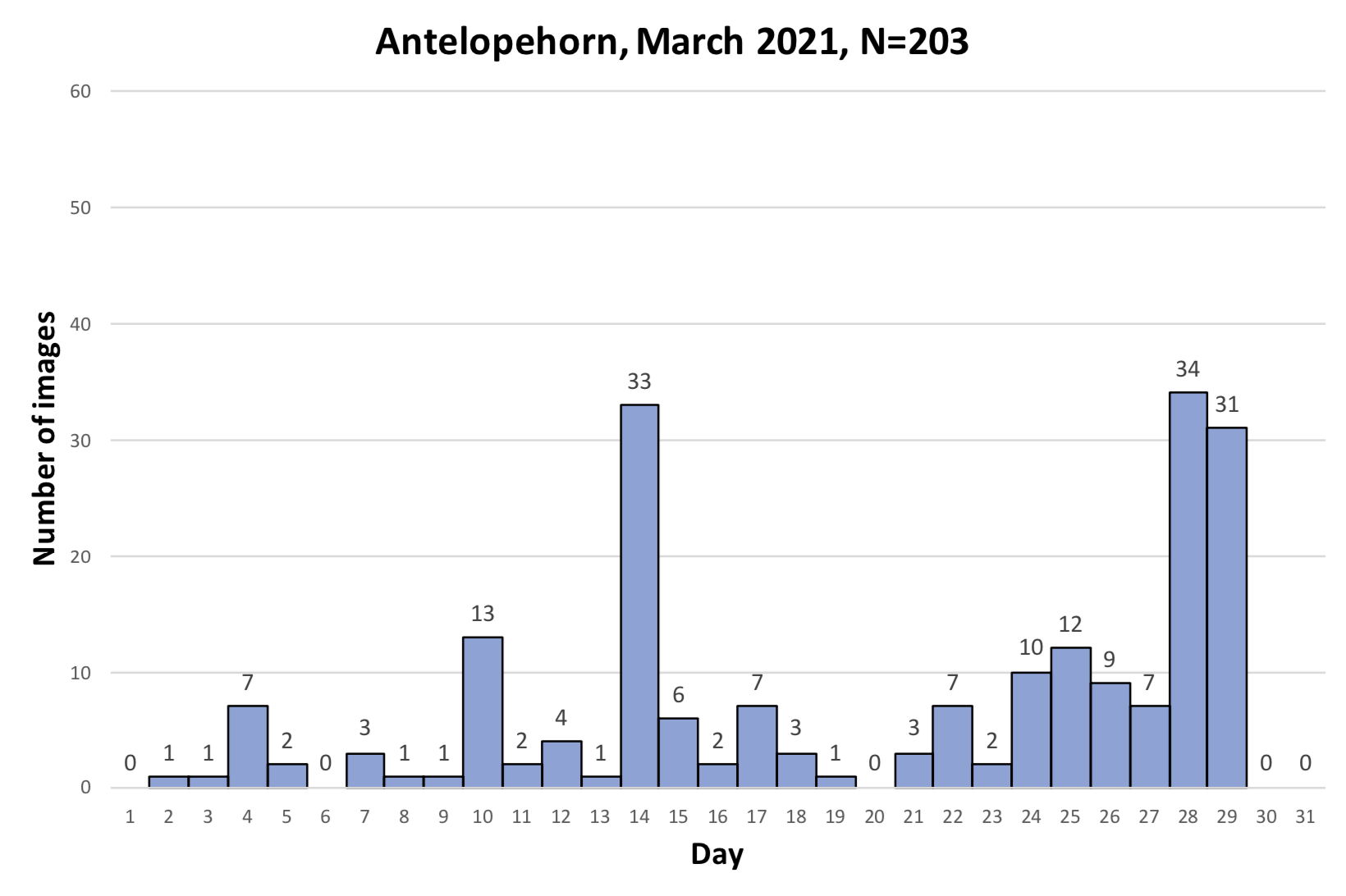
Figure 15. Images of antelopehorn milkweed (Asclepias asperula) submitted to iNaturalist in March 2021.
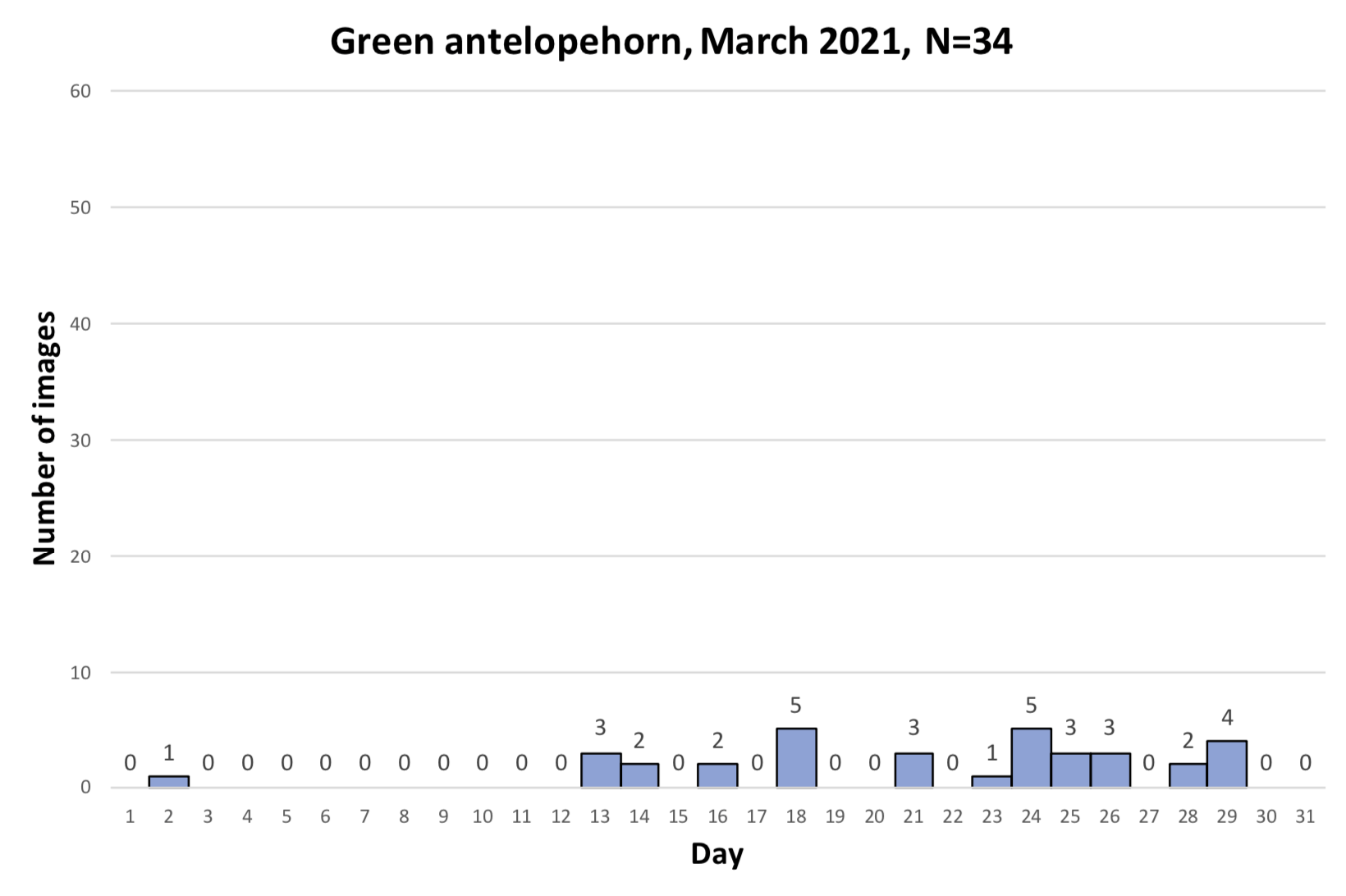
Figure 16. Images of green antelopehorn milkweed (Asclepias viridis) submitted to iNaturalist in March 2021.
Table 1. Nectar sources visited by monarchs in March 2021.
| COMMON NAME | SCIENTIFIC NAME |
|---|---|
| Mexican Plum | Prunus Mexicana |
| Crow Poison/False Garlic | Nothoscordum bivalve |
| Dakota Mock Vervain | Glandularia bipinnfidia (and related species) |
| Cherry Laurel | Prunus caroliniana |
| Citrus sp | Citrus spp. |
| Thicket Plums/Wild Plum (collective) | Prunus spp |
| Redbud, | Cercis canadensis, multiple subspecies |
| Dandelion | Taraxicum officinale |
| Henbit | Lamium amplexicaule |
| Lilac | Syringa vulgaris |
| Bull Thistle/Bristle Thistle/Yellow Thistle | Cirsium horridulum |
| Crimson Clover | Trifolium incarnatum |
| Tropical Milkweed | Asclepias curassavica |
| Heller's Marbleseed | Onosmodium helleri |
| Amur Honeysuckle | Lonicera mackii |
| Dewberry/Blackberry | Rubus spp |
| Bastard Cabbage/Wild Mustard | Rapistrum rugosum |
| Texas Ragwort | Senecio ampullaceus |
| Yaupon Holly | Ilex vomitoria |
| Pear | Pyrus spp., callereyana, and fruiting pears |
| Anacua | Ehretia anacua |
| Mexican Buckeye | Ungnadia speciosa |
| Verbena | Verbena spp |
| Indian Paintbrush | Castilleja spp, only Castilleja indivisa shown |
| White Dutch Clover | Trifolium repens |
| Mesquite | Prosopsis glandulosa |
| Willow | Salix spp, likely Salix nigra |
| Phlox | Phlox spp |
| Apple | Malus |
| Soft Marbleseed | Onosmodium bejariense |
| Peach | Prunus persica |
| Duranta | Duranta erecta |
| Astragalus | Astragalus spp. |
| Fleabane | Erigeron spp, likely E. philadelphus, others? |
| Marigold | Tagetes? |
| Mealy Blue Sage | Salvia farinacea |
| Texas Toadflax | Nuttallanthus texanus |
| Pink Evening Primrose | Oenothera speciosa |
| Possumhaw Holly | Ilex decidua |
| Buttercups | Ranunculus spp |
| Roughleafed Dogwood | Cornus drummondii/Swida |
| Agarita | Berberis trifoliolata |
| Texas Madrone | Arbutus xalapensis |
| Bigtooth Maple | Acer grandidentatum |
| Texas Thistle | Cirsium texanum |
| Petunia | Petunia sp. |
| Crocus | Crocus sp |
| Brazoria | Brazoria sp |
| Goldenball Leadtree | Leucaea retusa |
| BlackJack Oak | Quercus marilandica |
| Oxalis | Oxalis spp. |
| Aromatic Sumac | Rhus trilobata, Rhus aromatica |
| Red Buckeye | Aesculus pavia |
| Hackberry | Celtis sp. |
| Cutleaf /Sawtooth /Engelmann's Daisy | Engelmannia peristenia |
| Imported Holly | Ilex spp |
| Death Camus | Zigadenus nuttallii |
| Eastern BlueStars | Amsonia tabernaemontana |
| Texas Bluestars | Amsonia ciliata |
| Rabbit Tobacco | Diapera sp |
| Cedar Elm | Ulmus crassifolia |
| Pansy | Viola × wittrockiana |
| Texas Ebony | Ebenopsis ebano |
| Gerbera Daisy | Gerbera jamesonii |
| Bur Clovers | Medicago spp |
| Live Oak? | Quercus virginiana |
| Buttonweed | Diodia virginiana |
| Rangoon Creeper | Quisqualis indica |
| Vetch | Vicia spp |
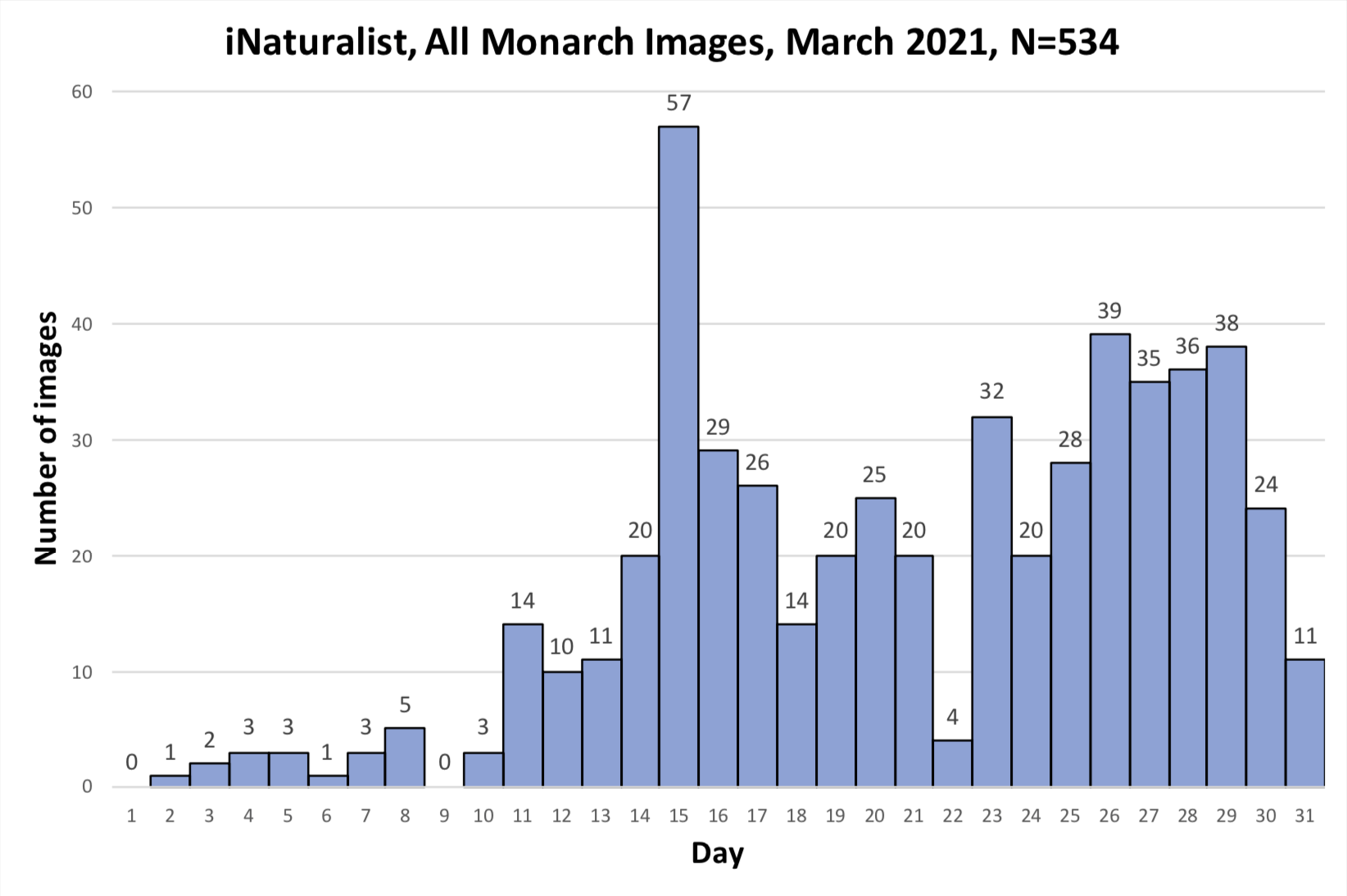
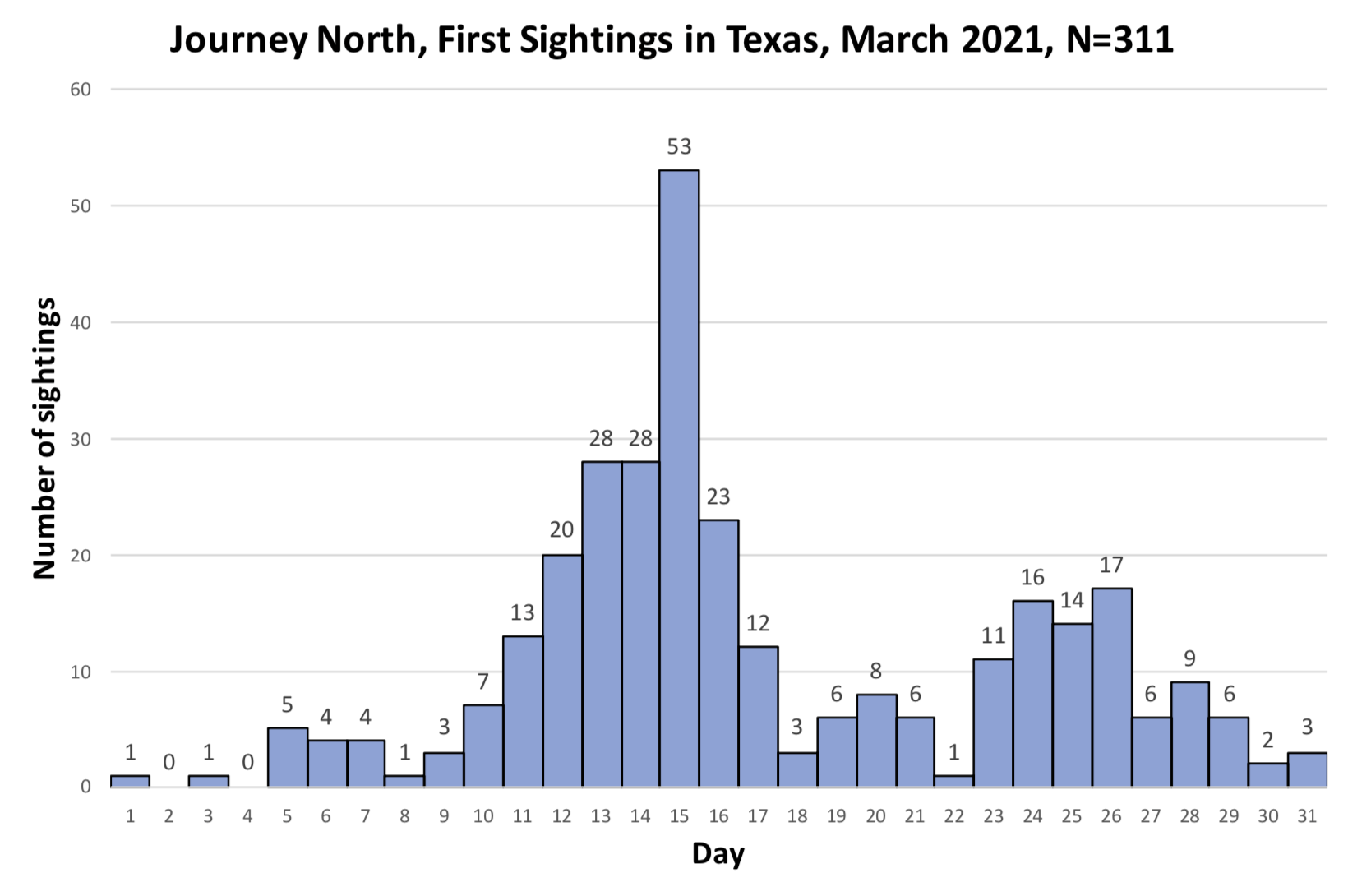

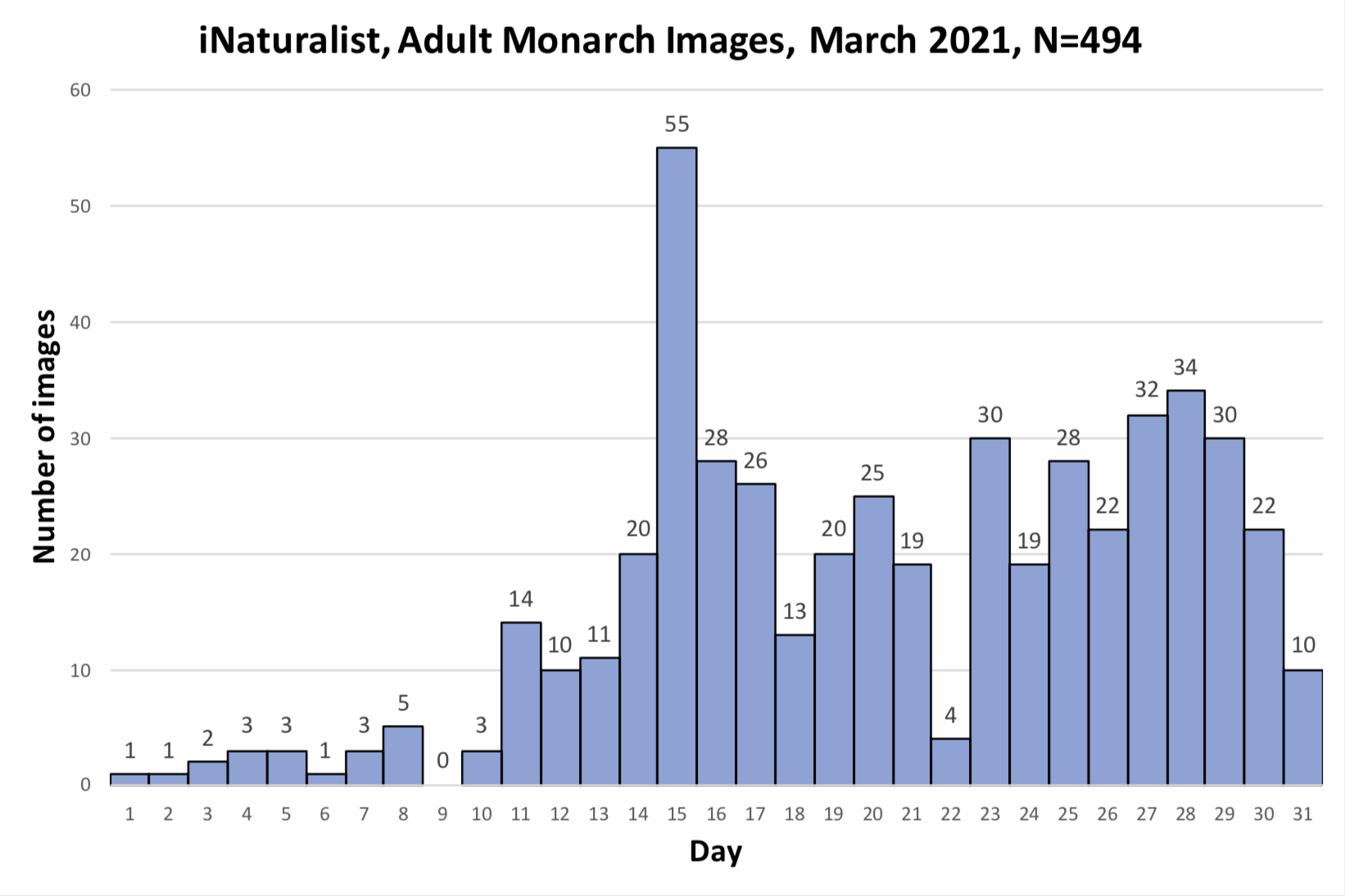
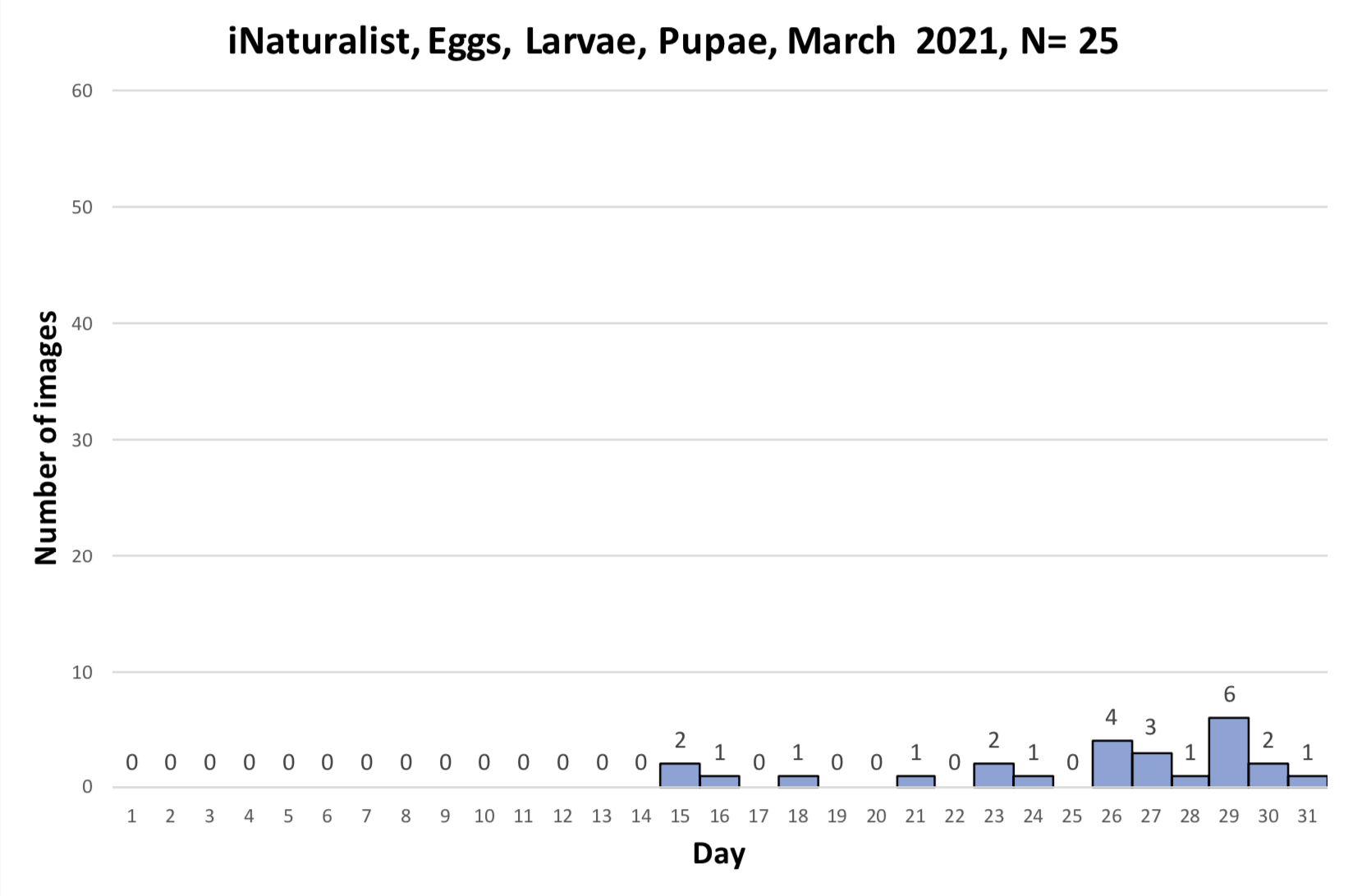
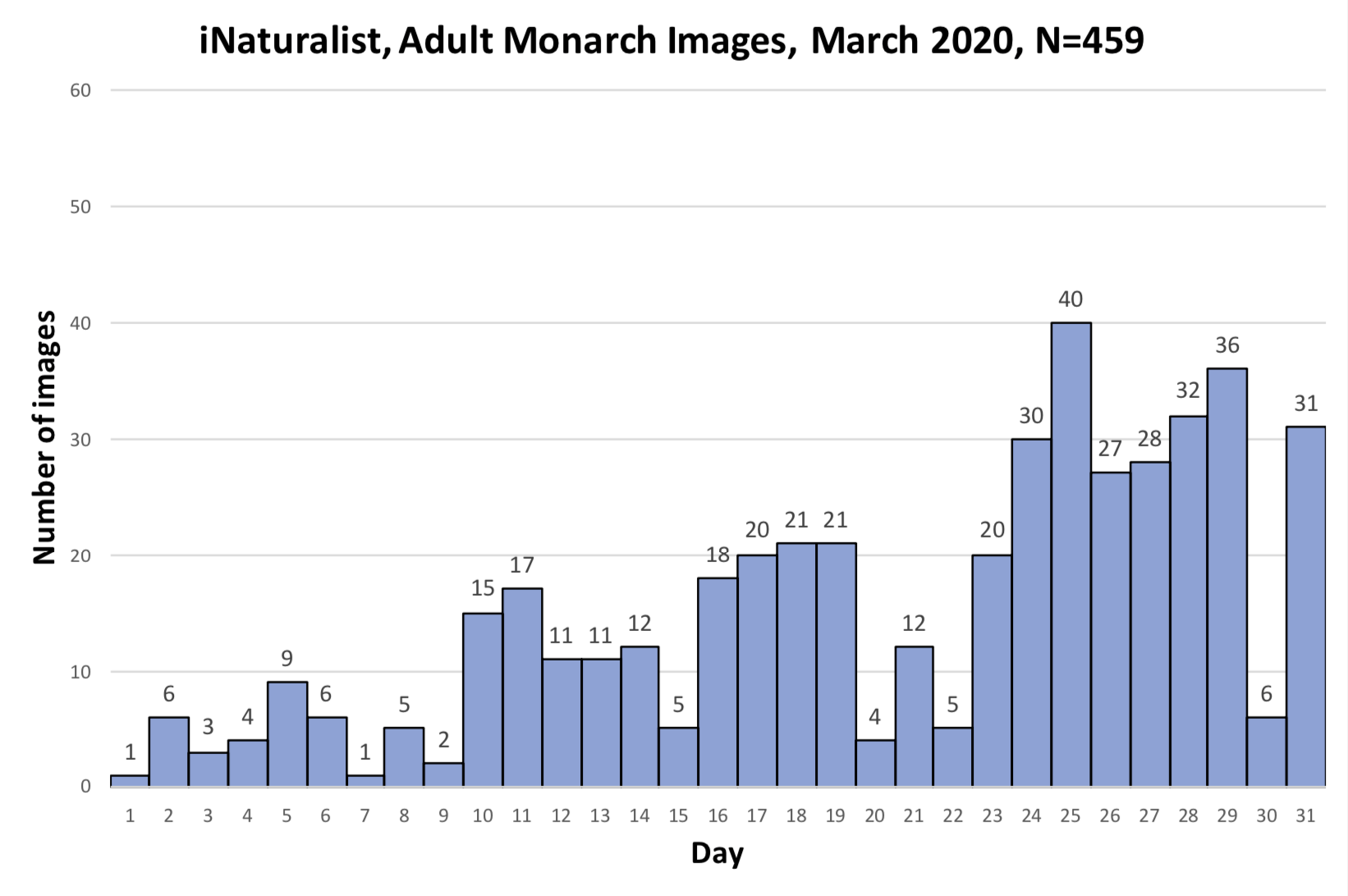



Sorry, comments for this entry are closed at this time.